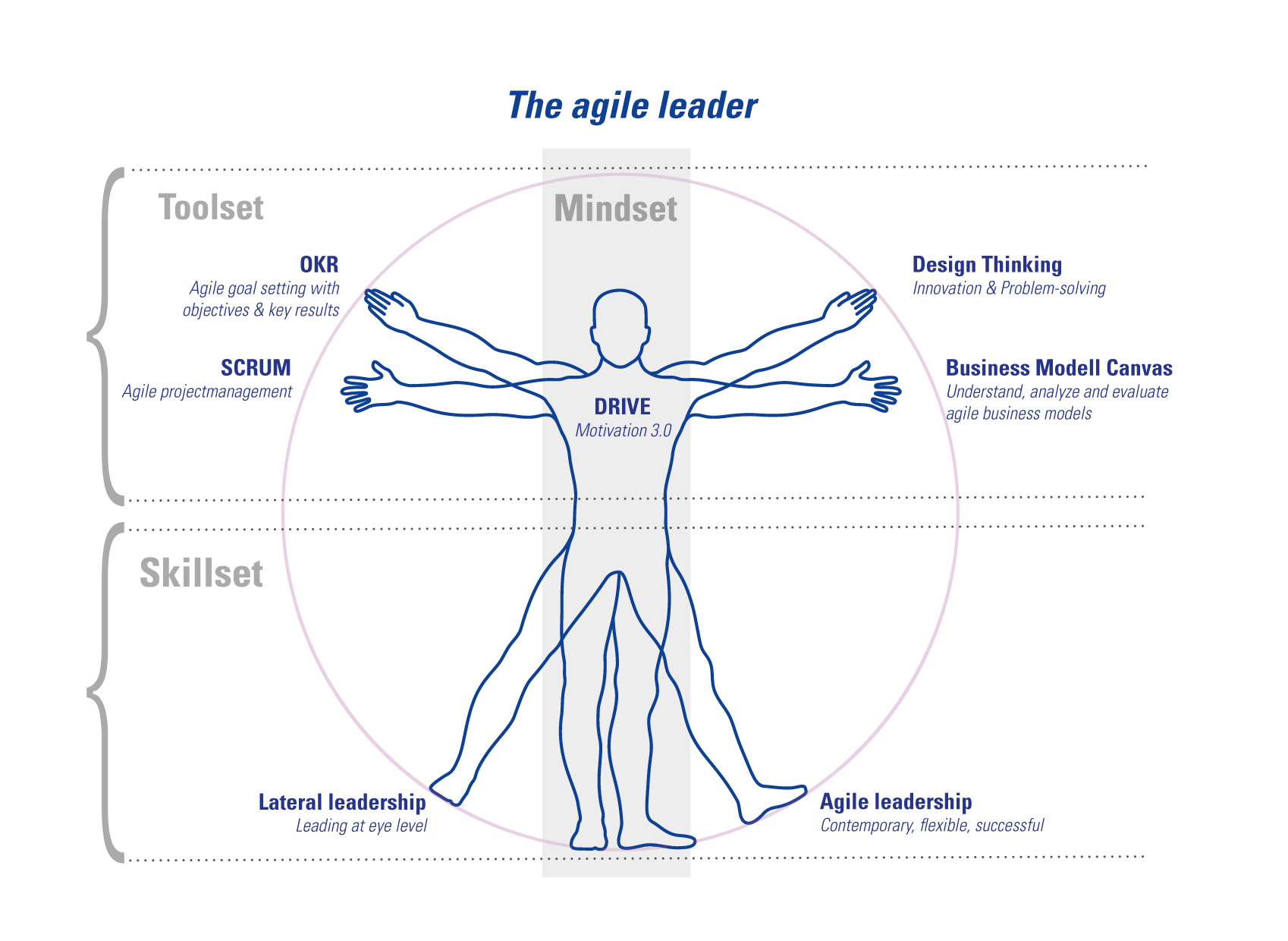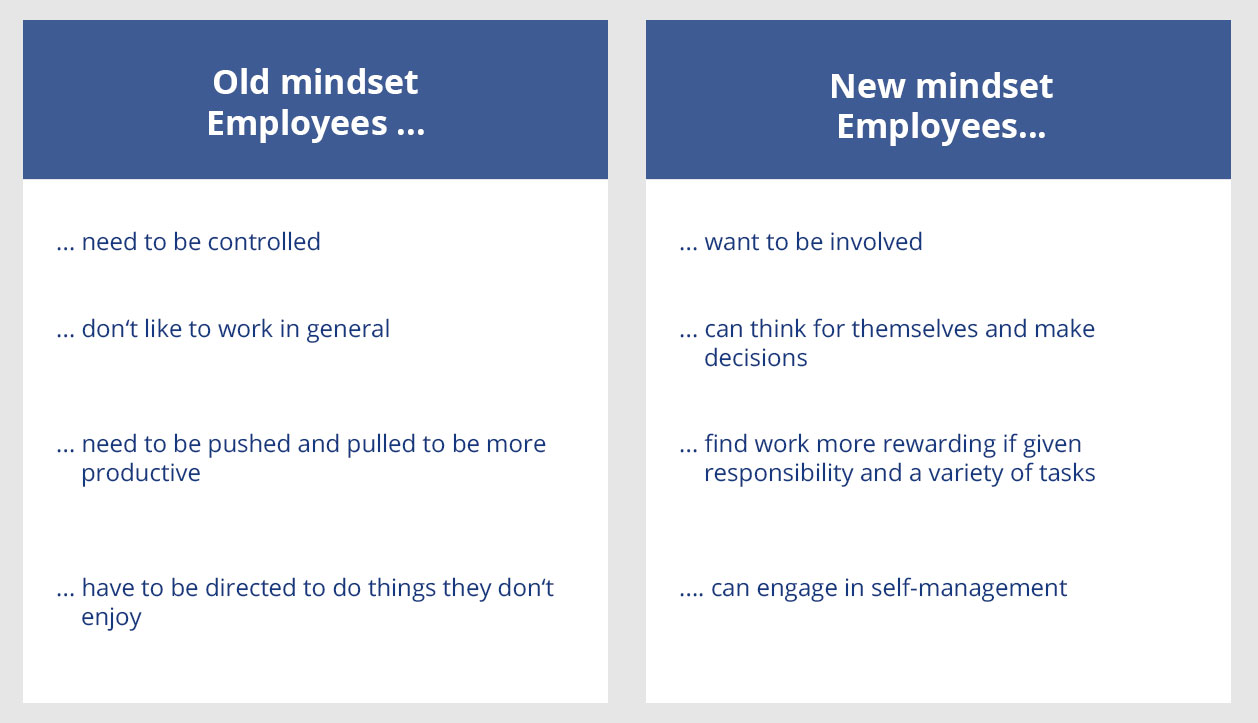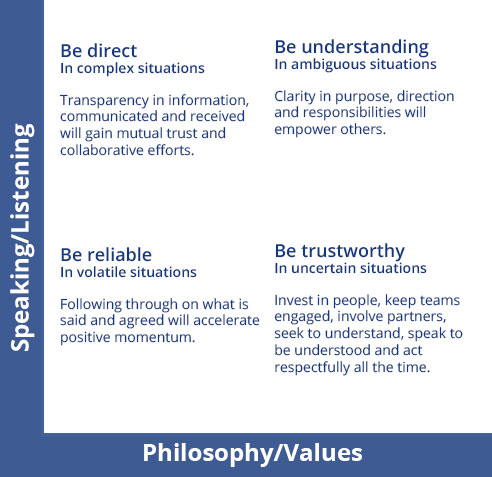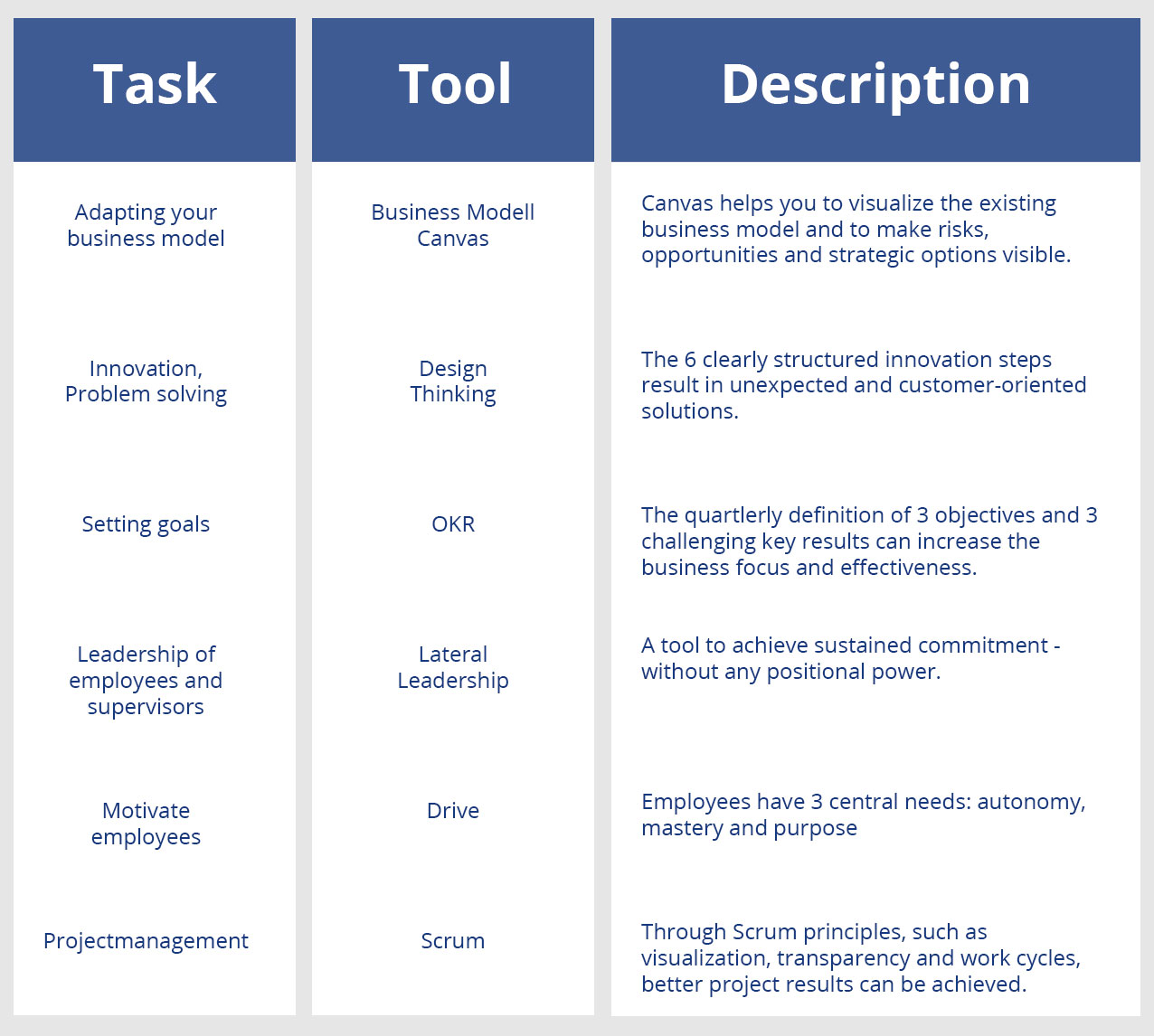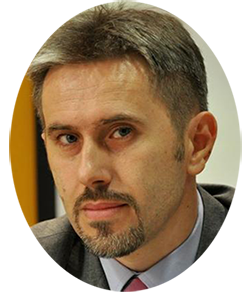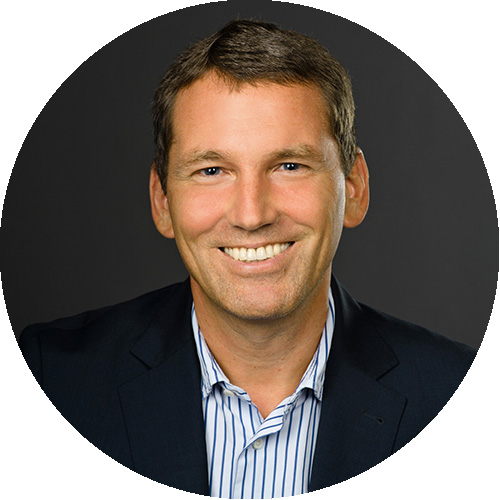![Purpose & Engagement in digital times [Approaches & Tool]](https://www.mdi-training.com/blog/wp-content/uploads/2018/06/Sinn-finden-Header-1080x300.png)
Purpose & Engagement in digital times [Approaches & Tool]
Many of today’s leaders are asking themselves the question of meaning: Why do I do what I am doing? What do I contribute and what is the point of all of this? In a time where the speed of change is enormous and nothing seems to be permanent, it is only natural to deal with such issues. Companies can help their leaders and leaders can empower their employees to find meaning and simultaneously encourage their engagement for the job.

About the author
Anita Berger is MDI Managing Partner and accompanies organizations internationally and from all sectors as a consultant in organizational development, as a management trainer and coach, for many years already. She is an expert when it comes to engagement and motivation 3.0. As a certified trainer, she offers the Original Drive Workshop after Daniel H. Pink, which is also a module of the Agile Leadership certification course.
Being an agile leader – be mobile & motivate
For me, being an agile leader means to be flexible and to stay mobile. The conditions in companies, teams, and projects are changing so fast today that it is often not possible to act proactively – you have to react. As fast as possible. Agile leadership is about being mobile and staying mobile. Wherever possible, you should, of course, be able to plan and act proactively. But in my opinion, nowadays, it is more important to react quickly, constructively and productively. Another important skill is being able to adapt to different circumstances as a leader.
A successful leader also creates a set-up that allows employees to think in terms of ideas and solutions rather than problems. Employees must be able to think outside the box and constantly explore options and opportunities. Employees need a high degree of self-commitment and personal responsibility. The reason for this is that our fast-paced time is exhausting, certainly not always “easy-cheesy” and relaxing. In order to do so, a leader needs employees who understand the reason behind actions and projects. More importantly, they need to believe in it and go an extra mile to achieve the maximum performance from their own accord.
It’s all about purpose
In this context, the purpose plays a crucial role. Ideally, it is like this: There is a clearly formulated and strong corporate purpose the employees know about. They can reflect on this corporate purpose and establish an intersection between what is important to them and the purpose of the organization. With this interaction, they know how to contribute to the “bigger picture”.
Of course, there will be cases in which the company’s purpose is not tangible enough to define one’s own contribution as an employee. If this is the case, it takes a break on the organizational unit, which is relevant for each team member, followed by the comparison: How does that fit together? What is important to the person?
I think that there is still potential in many companies when it comes to defining the purpose. Especially regarding the correlation between one’s personal purpose and the purpose of the organization.

Many leaders are asking the same question: Why do I do what I am doing? How can I contribute?
If you would like to start working on this topic, start with questions like What does purpose actually mean for our company? How tangible is it and is there place and time for a real confrontation? Is it something that stands on a marketing folder or do I associate more with it as a leader, as a CEO or as a board member?
Furthermore, it is important to look for the dispute according to rounds of questions and discussions. It is about a conscious process, in which employees deal with their own purpose and at the same time as the one of the company. As well as actively looking for points of friction and similarities. It can happen that somebody says: My purpose is not your business, that’s private. Of course, this must be respected and, as a leader, you must at least make sure that the respective team members recognize their own contribution to the corporate mission through their work tasks. Thereby they have to find meaning in what they do and, as a result, gain commitment.
The concept of engagement – Drive by Daniel H. Pink
A concept, I really like to use, is the Drive concept from the bestselling author Daniel H. Pink. I use it to reflect with leaders and team members and to work on motivation and purpose. From my point of view, it gives you clarity in a complex of topics that is sometimes elusive and difficult to grasp. Furthermore, it provides valuable insights by determining the location: where do I stand? How do I fit for the business purpose? What else would it take for the fit to be better?
For example, I worked with a group of senior executives and spent a whole afternoon answering questions like: ”What is my own purpose? How does this coincide with the corporate trajectory?” One participant has stated that she clearly separates her own purpose from that of the company, and at the same time realizes that it requires quite a bit of effort. As a result, she asked herself where there could be a common intersection, and how much energy she can use to bridge this gap.
Exactly those kinds of reflections are the ones, I find extremely valuable for both sides, the participants, and company. It offers a real value, to pause for a moment and go into depth to gain clarity on the one hand, but more importantly to gain motivation and commitment for the daily challenges.
More about the DRIVE concept
In addition to the purpose, the Drive concept is also about self-determination (Autonomy) and perfecting (Mastery) as a lever for engagement. Find out more about the concept in this video and in Daniel H. Pink’s book “The surprising truth about what motivates us.”
What serves you next?
Getting out of your comfort zone
How can exposure therapy help you face your fears? Michael is a coach at ComfortZoneCrusher, where he helps clients to become more confident by stepping out of their comfort zone. He told us what exposure therapy is about, how to overcome negative emotions and talked with us about comfort zone crushing in team development. [incl. practical exercises]
What's the big deal about digital transformation?
Computers have been in our workplaces for 30 years. We all have been using email and the world wide web for 20 years. So why are we talking about a digital transformation just now? What’s the big deal about this and how will it change our world in the following years? Is digital transformation just a buzz word or more than this?
Video: agile leadership - orientation and basics
OKR, Kanban, Scrum, Design Thinking, Management 3.0, Lean Management…the list of tools and concepts around agile leadership is long and somehow it seems that everybody is talking about it. Alexandra Sock is a trainer at MDI and expert on the field of agile leadership. She gave us a nice overview of agile leadership and the different methods.
















![How to lead a business through the digital transformation [Development approaches]](https://www.mdi-training.com/blog/wp-content/uploads/2018/01/Führung-in-der-digitalen-Transformation-1080x300.png)
